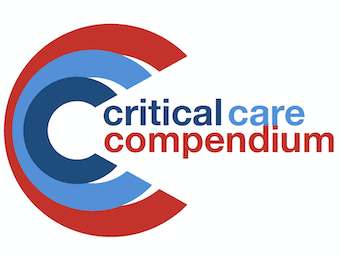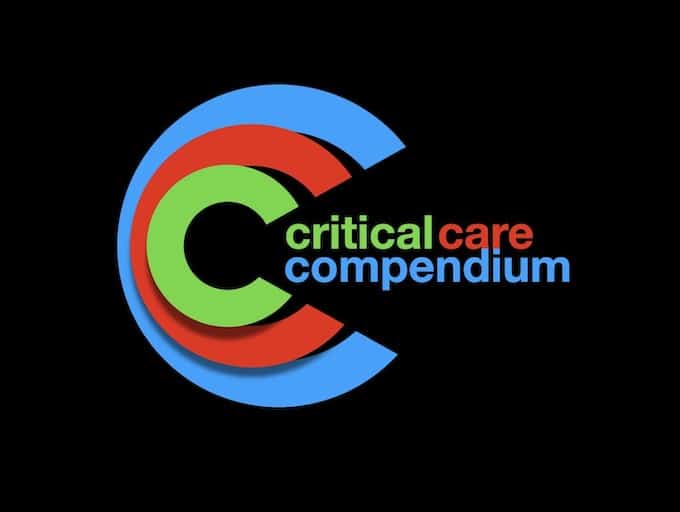
Basilar Artery Occlusion
Basilar Artery Occlusion: the clinical effects will be dependent on: adequacy of collaterals, integrity of the Circle of Willis and the onset of the occlusion; occlusion at the bifurcation will involve the posterior cerebral artery +/- the superior cerebellar artery

